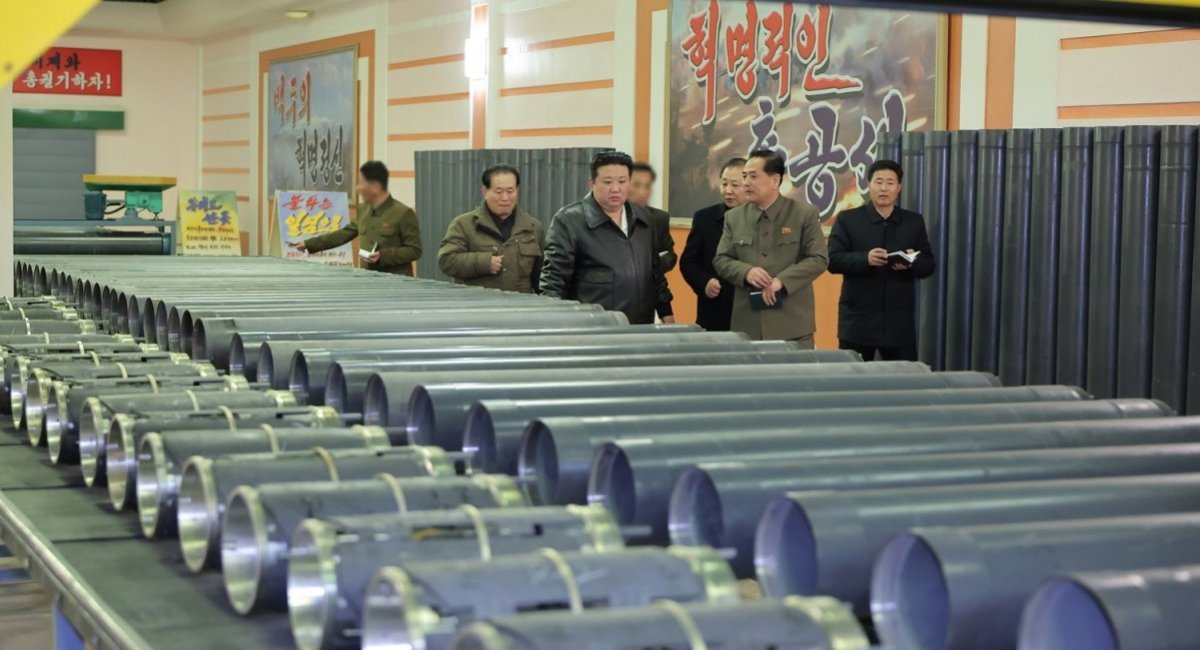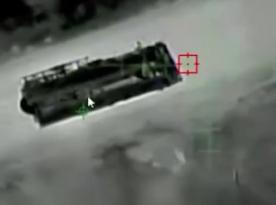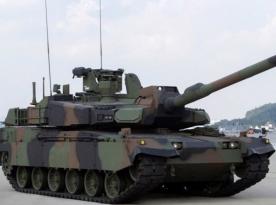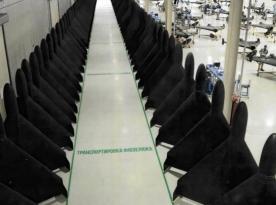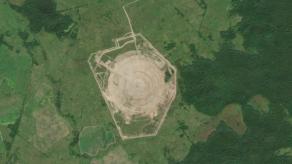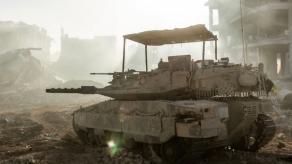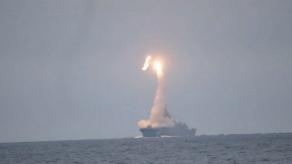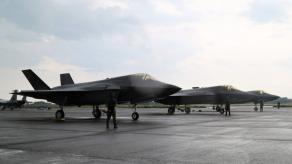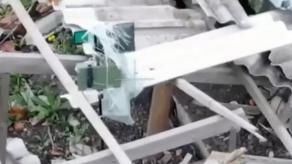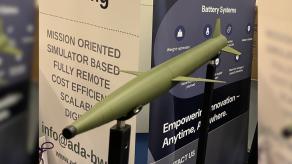The Democratic People's Republic of Korea (DPRK) is actively increasing its supply of 152mm artillery projectiles to russia by creating and re-equipping new production lines, although facing significant challenges in the process.
Information obtained by Radio Free Asia Korean from DPRK officials provides insights into this effort, including terms, volumes, locations, and sources of raw material supplies. Here is the gist, with additional explanations from Defense Express.
Read more: Germany Unveils New Military Aid Package for Ukraine: Leopard 1 A5 Tanks, Ammunition, and Drones Included
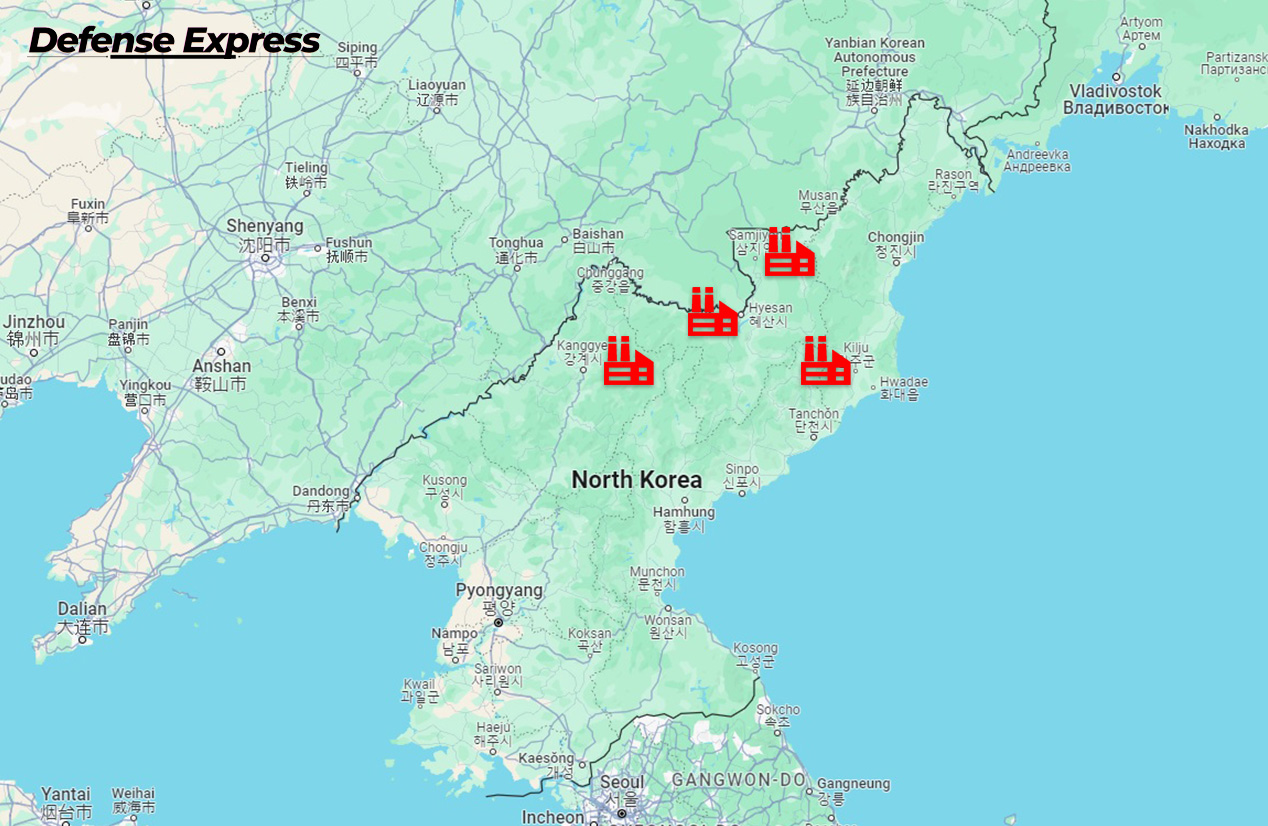
The cooperation between Moscow and Pyongyang intensified following Kim Jong Un's visit to russia in September 2023, allowing North Korea to obtain additional resources for its nuclear and missile programs in return.
To meet russian demands, North Korea established new production lines or repurposed old ones. For instance, at the enterprise disguised as the "915th Forestry Machinery Plant" near Hyesan, a basement line previously used for mortar shells manufacture was converted to produce 152mm howitzer rounds.
The production target for this line is 6,000 shell casings per month, or 72,000 per year. Note that it's about projectile casings, without the explosive filling, i.e. not about ready-made munitions. This goal has not yet been met, despite the fact the conversion of the line began immediately after Kim Jong Un's return from his russian trip.
Interestingly, the source asked by Radio Free Asia said referring to the "915th Plant" that,
"Even the factory’s key executives don't know whether the 152mm shells produced here are for support to russia," adding, "However, they are guessing that they are for support to russia, given that the production process was hastily established immediately after Kim Jong Un visited russia.”
The re-equipment lasted less than two months, and by the end of December 2023, the first test batch was already produced. The plant receives uninterrupted electricity despite shutdowns in neighboring cities.
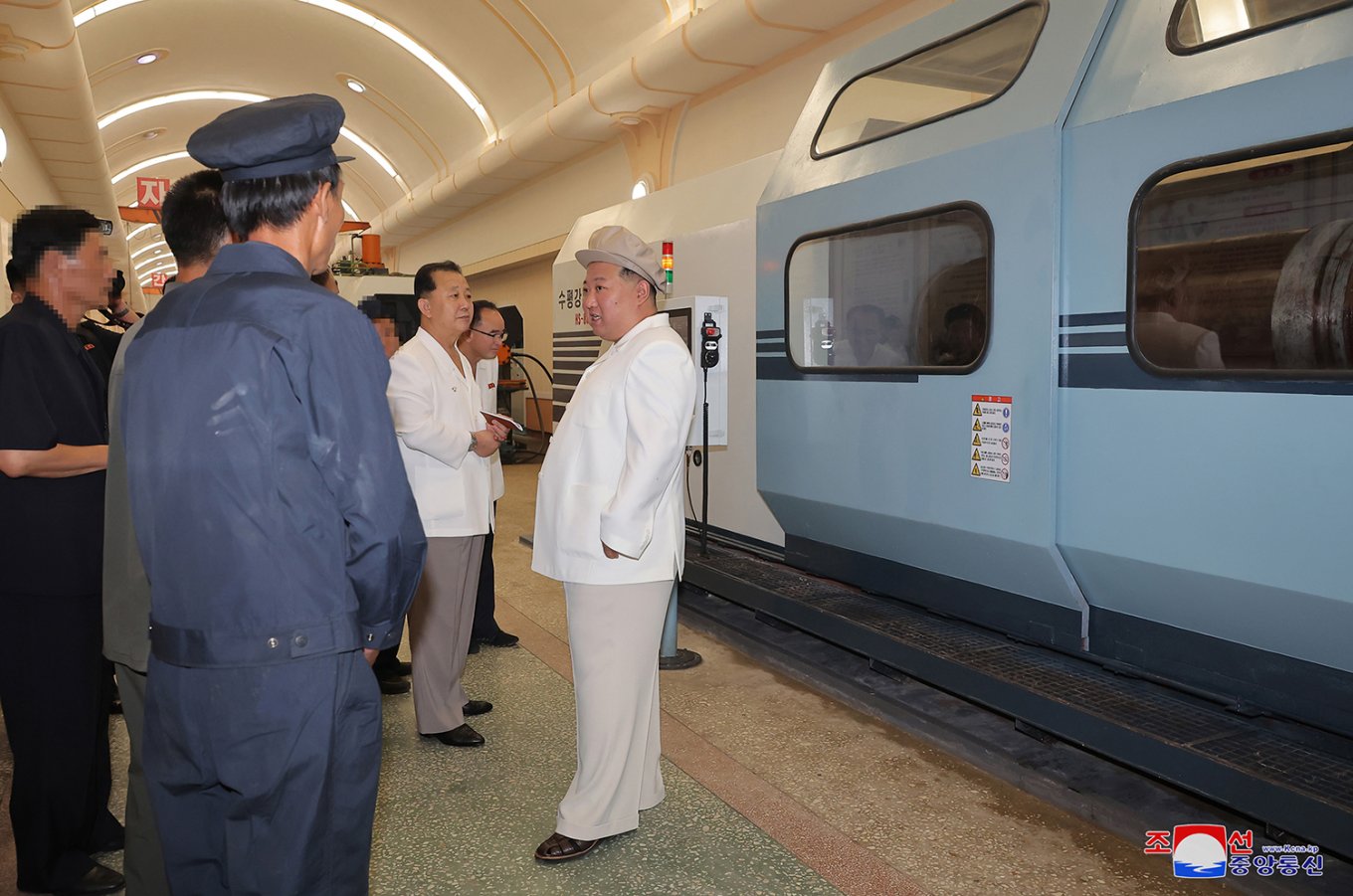
The raw materials for these shell casings come from China, specifically special alloys. However, the supply is not consistent, causing production delays. Worth noting, Hyesan is right next to the Chinese border.
Once the shell casings are produced, they are sent to the "Factory of Agricultural Machinery" near Kilju, where they are filled with explosives and assembled into complete ammunition.
At "Plant No. 95" near Samjiyon, which previously produced cartridges for small arms and mortar shells, the production line for 82mm shells was moved to the surface, and a new line for 152mm shells was established in the protected basement. This transition also took about two months, with production beginning in late 2023.
But the primary enterprise for producing artillery ammunition in the DPRK is the "Tractor Factory" in Kanggye, which handles the bulk of the production. Though the sudden increase in exports has left it falling behind schedule and prompted the executives to delegate production tasks to local military factories.
Read more: North Korea is Becoming Backyard of russia's Military Industry (Opinion)




